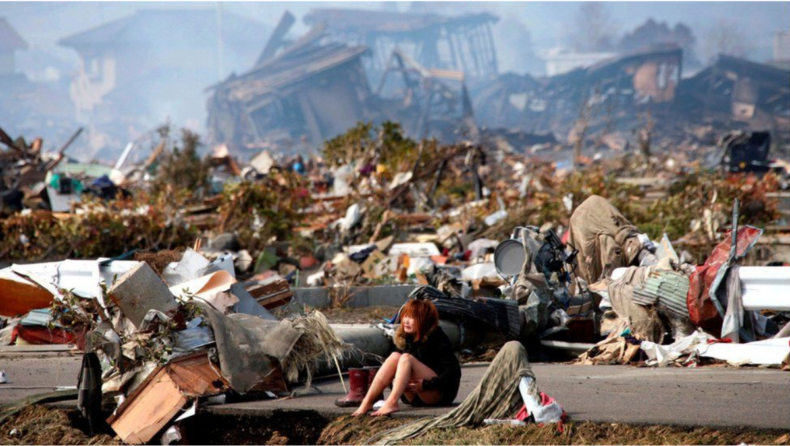Eleven years after Japan’s worst nuclear disaster, Japanese Prime Minister Fumio Kishida announced the opening for the first time residents to live again in Katsurao’s Noyuki district. The government lifted evacuation orders in a section of a village previously deemed off-limits on Sunday.
Japan’s Prime Minister Fumio Kishida has announced the return of displaced residents of a section of the village in Katsurao’s Noyuki district of Fukushima. These villagers were evacuated during Fukushima Nuclear Disaster in March 2011. Since Chernobyl in 1986, it was the world’s worst nuclear tragedy.
It is the first time restrictions have been removed to allow residents to return to this part of the “difficult-to-return” zone that was once expected to stay closed far into the future due to high radiation exposure.

The Government of Japan decided on June 3 to end restrictions for the 0.95-square-kilometer area after detecting decontamination had reduced radiation levels, and the infrastructure to support habitation.
Kazunori Iwayama, a former resident of Katsurao village said, “It feels like we finally reached the start line and can focus on bringing things back to normal.” The village lies about 40 kilometers (24 miles) from the Fukushima Daiichi plant, where the tragic disaster took place.
The government has declared funds for decontamination and infrastructure development for zones known as “specified reconstruction and revitalization base” for reopening.
Mayor Hiroshi Shinoki of Katsurao said he was considering bringing back residents through revitalizing local agriculture, the area’s key industry.
What Happened during Fukushima Nuclear Disaster?
A 9.0 magnitude earthquake struck off the coast of the country on March 11, 2011, causing a tsunami that resulted in a nuclear meltdown at a power facility and a large leak of hazardous material.
Due to high radioactive releases over days 4 to 6, the Fukushima Daiichi accident was classified as level 7 on the International Nuclear and Radiological Event Scale, resulting in a total of 940 PBq (I-131 eq).
Over 300,000 people living near the nuclear plant were forced to evacuate, with thousands more opting to do so voluntarily. Once bustling communities are now turned into ghost towns. However, there have been no deaths or incidents of radiation sickness recorded during the nuclear accident.
Read More: AAP Condemns Kiran Bedi’s ‘Joke on Sikhs’













